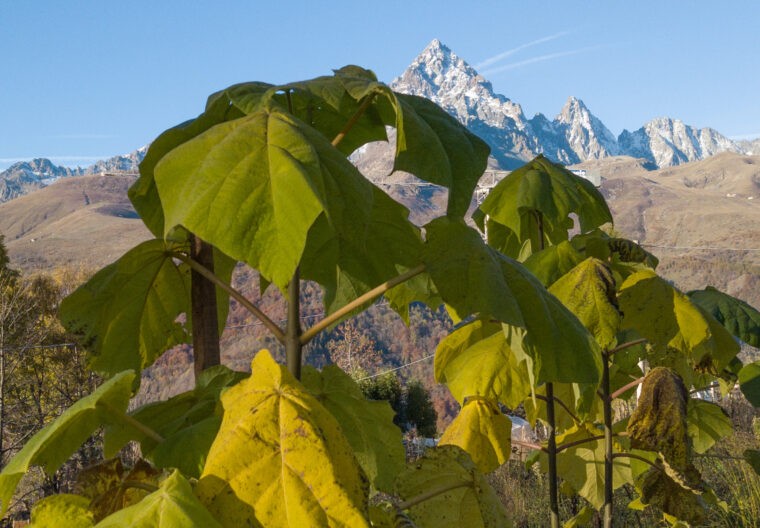Contact

Address
ETH Zürich
NSL – Netzwerk Stadt und Landschaft
Stefano-Franscini-Platz 5
HIL H 44.2
8093 Zürich
NSL Director
Director: Prof. Dr. David Kaufmann
Deputy Director: Prof. Milica Topalovic
NSL Coordination
Claudia Gebert
Telephone: +41 (0)44 633 36 33
Register for the NSL Newsletter
disP Publication Office

Editor-in-Chief
Dr. sc. techn. Martina Koll-Schretzenmayr, Spatial planner ETH/NDS,
Telephone +41 (0)44 633 29 47
Mailing address
ETH Zürich
Redaktion disP
NSL – Netzwerk Stadt und Landschaft
Stefano-Franscini-Platz 5
HIL H 33.3
8093 Zürich
E-Mail
NSL Archive (gta)

Research and Bequest Archive for
Swiss Landscape Architecture and Spatial Planning
Consultation Requests
Mailing address
ETH Zürich
NSL Archive (gta)
Stefano-Franscini-Platz 5
HIL C 65.2
CH-8093 Zurich
Privacy Policy